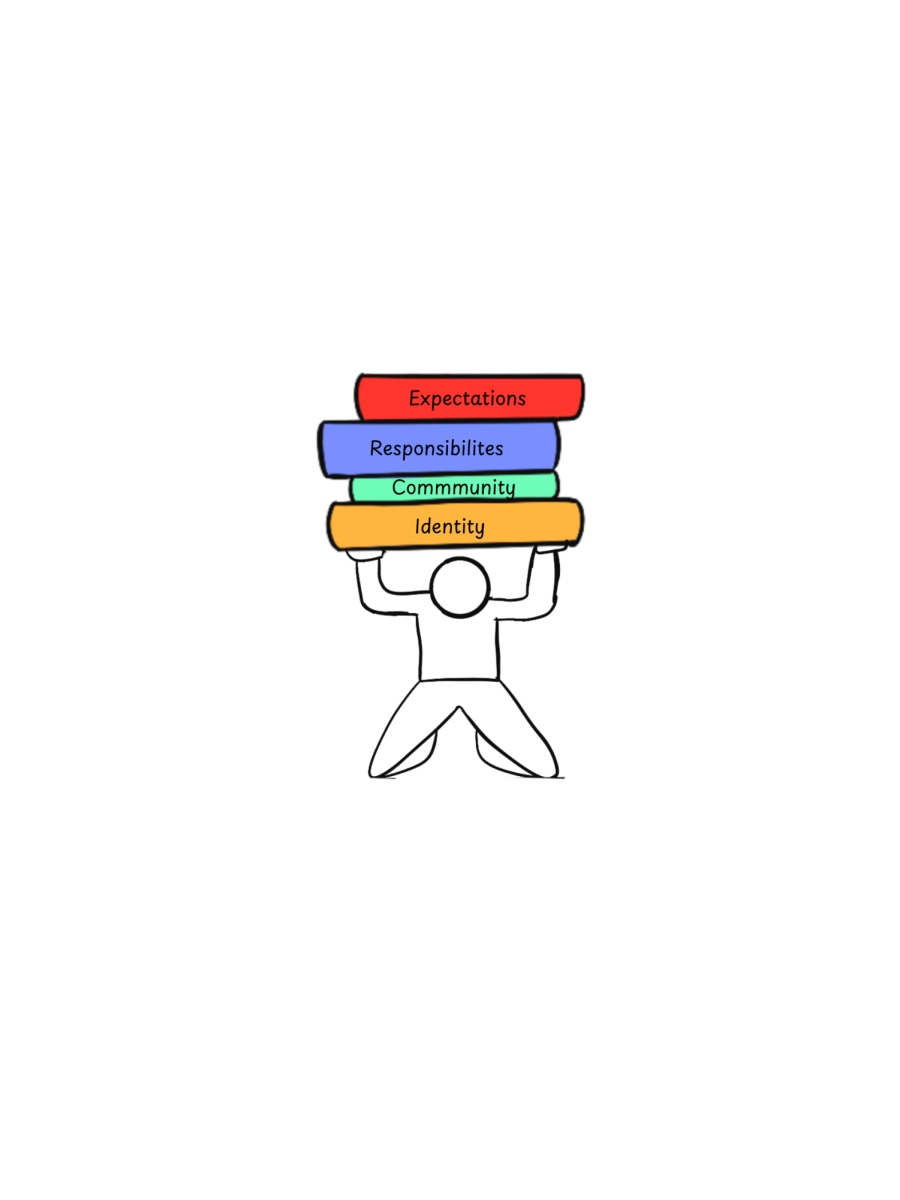“What are some key terms from the American Revolution?” “Who is the best contestant on ‘Love Island?’” “How do I start an Etsy shop?” With artificial intelligence, it has never been easier to ask a question and instantly get a response.

(Illustration by Malar Raguraman)
It is harder, however, to think beyond the effortless connection between computer and user. Because of how immediate and convenient AI is, we often dissociate ourselves from the environmental implications of every question we ask.
The AI industry has skyrocketed in recent years, and the widespread, growing use of generative models like OpenAI’s GPT-4o is only worsening an already crumbling global environment. However, solutions must take this rapid growth into consideration, as attempts to reduce the usage of AI will achieve very little.
Machine learning inherently consumes huge amounts of energy compared to computers’ usual mathematical processing, since its generative abilities require constant data analysis.
With huge user traffic, these models have to expend exorbitant amounts of energy, according to MIT News. This, paired with the large amount of water used to cool down the machinery, has stark environmental effects, according to MIT News.
From the carbon emissions of manufacturing machinery to the exhaustive consumption of energy, AI has a tangible impact on rising global temperatures and the growing depletion of natural resources.
Ultimately, in the dire situation of current climate change, the rapidly growing AI industry only makes matters worse, which must be properly addressed.
At the same time, restricting the AI industry at a higher, legislative level cannot be the primary method to improve sustainability. In the current political climate, it may be a struggle to pass legislation that places hard limits on AI models.
Either way, doing so does not tackle the root cause of AI’s energy consumption, which is its growing use in all aspects of social life.
Calls for policies restricting energy have been proven ineffective because they fail to address excessive consumer use and the industry’s growth. With or without government regulation, the AI industry will continue to expand, and its environmental impacts will overshadow any attempts at energy policing.
Instead, the solutions we adopt must acknowledge that AI usage will only grow. By investing in research geared toward improving the energy efficiency of AI models, we can reduce environmental impacts, even with increasing usage.
Additionally, by closely partnering with companies that generate renewable energy, AI models can curb the global impacts of their energy consumption, according to Carbon Direct. Rather than using electricity from sources that have a huge carbon footprint, the energy used by AI models should be from renewable sources such as solar cells or hydraulic turbines.
However, these changes require public involvement. It cannot simply be up to individual companies and businesses to implement sustainability practices as they see fit. This approach is what currently allows technology titans like OpenAI to disregard the climate implications of their practices.
Widespread campaigning for AI companies to adopt research on energy-efficient data processing and renewable energy sources is critical for AI companies to make a step in the right direction.
This requires doing the little things as individuals. Whether signing petitions or even boycotting AI generators, promoting awareness against the hurtful impacts of AI must be a first step toward addressing this issue. Even as an AI-dependent society, we must look past our computer screens to advocate for changing the reality of what goes on behind the scenes.






![Junior Shiva Chitta said his friends and family encouraged him to attend prom, despite initially intending not to.
“My mom told me to go and ‘have a slice of [my] life,’” Chitta said. “I'm sure there are prom [events] in colleges…but we have to go [to junior and senior prom.]”](https://hhsepitaph.com/wp-content/uploads/2024/06/PromG2024_1-1200x800.jpg)














